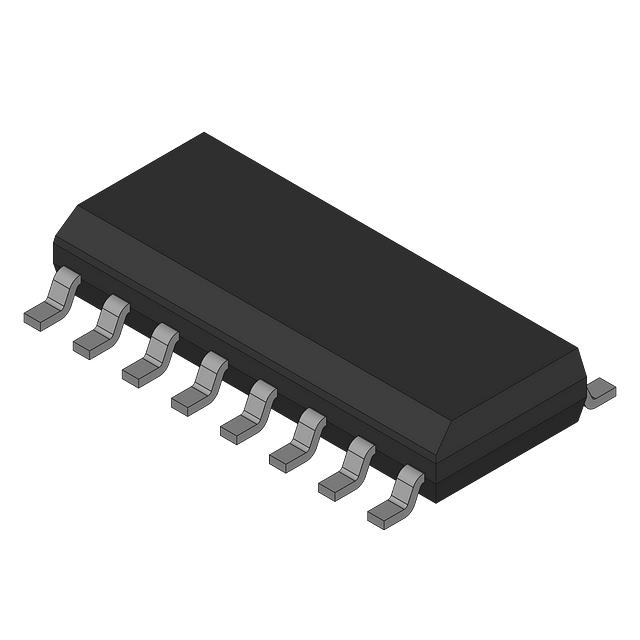74HC221FP-E
Manufacturer No:
74HC221FP-E
Manufacturer:
Description:
74HC221 DUAL MONOSTABLE MULTIVIB
Datasheet:
Delivery:





Payment:




In Stock : 4000
Please send RFQ , we will respond immediately.









74HC221FP-E Specifications
-
TypeParameter
-
Supplier Device Package-
-
Package / Case-
-
Mounting Type-
-
Operating Temperature-40°C ~ 125°C
-
Voltage - Supply2 V ~ 6 V
-
Current - Output High, Low5.2mA, 5.2mA
-
Propagation Delay19 ns
-
Schmitt Trigger InputYes
-
Independent Circuits2
-
Logic TypeMonostable
-
PackagingBulk
-
Product StatusActive
-
Series74HC
The 74HC221FP-E is a dual monostable multivibrator integrated circuit chip. It has several advantages and application scenarios, including:1. Precision Timing: The 74HC221FP-E provides accurate and precise timing control, making it suitable for applications that require precise timing intervals or delays.2. Pulse Generation: It can be used to generate precise pulses of a specific duration, making it useful in applications such as pulse-width modulation (PWM), frequency division, or clock synchronization.3. Debouncing: The chip can be used to debounce mechanical switches or buttons, ensuring that only a single stable output pulse is generated even if the input signal is noisy or contains multiple transitions.4. Frequency Division: It can be used to divide the frequency of an input signal by a specific factor, making it useful in applications such as frequency counters, frequency dividers, or clock dividers.5. Sequential Timing: The 74HC221FP-E can be used to create sequential timing circuits, where the output of one multivibrator triggers the next one, enabling the generation of complex timing sequences.6. Control Signal Generation: It can be used to generate control signals for various applications, such as triggering other circuits, controlling the timing of events, or enabling specific actions based on time intervals.Some application scenarios where the 74HC221FP-E can be used include:- Timing circuits in digital systems, where precise timing intervals are required. - Pulse-width modulation (PWM) applications, such as controlling the speed of motors or dimming LEDs. - Frequency division or clock division circuits, where the input frequency needs to be divided by a specific factor. - Debouncing mechanical switches or buttons to ensure reliable and stable input signals. - Sequential timing circuits, where a series of events need to occur in a specific order and timing. - Control signal generation for various applications, such as triggering alarms, controlling relays, or enabling specific actions based on time intervals.It is important to note that the specific application scenarios may vary depending on the requirements and design of the overall system.
74HC221FP-E Relevant information







